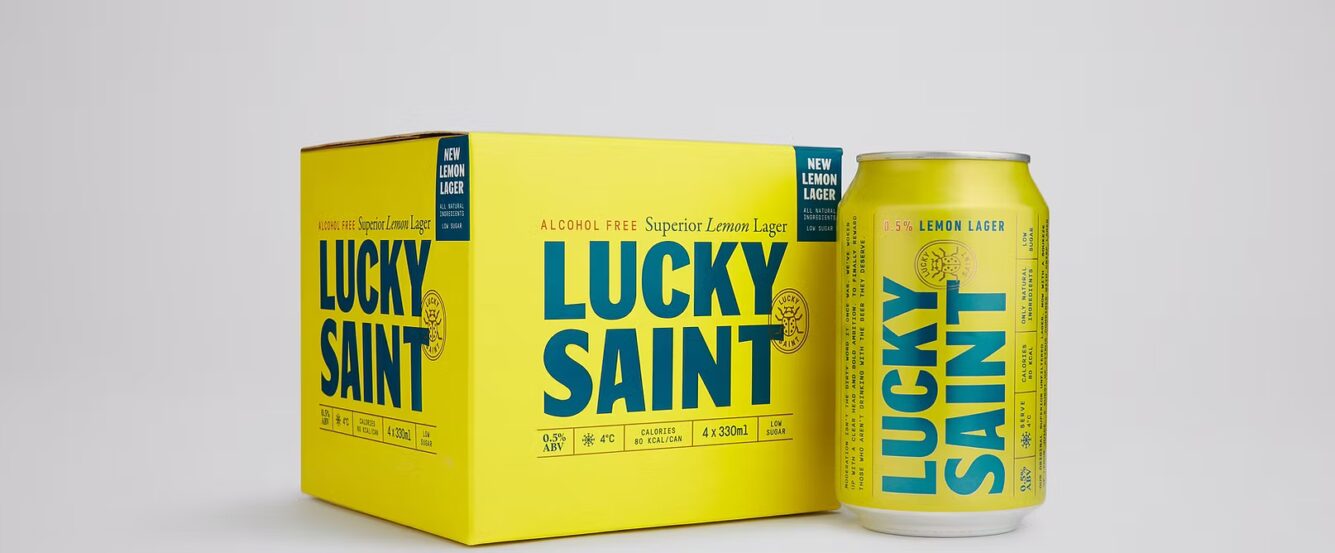This week in CPG innovation, we’re seeing capital flow into hydration, flavor expansion in both traditional and non-alcoholic beverages, cross-category collaborations in snacks and apparel, and M&A activity in overlooked staples like eggs and produce. From beverage startups with Celsius connections to legacy players embracing specialty crop partnerships, brands across the board are pushing past category conventions. This isn’t about novelty anymore—it’s about intentional expansion. The common thread? Every move is a response to sharper consumer preferences and a noisier shelf.
Whether it’s a sugar kelp beer or a beef stick collab, this week made one thing clear: differentiation is no longer optional—it’s the baseline.
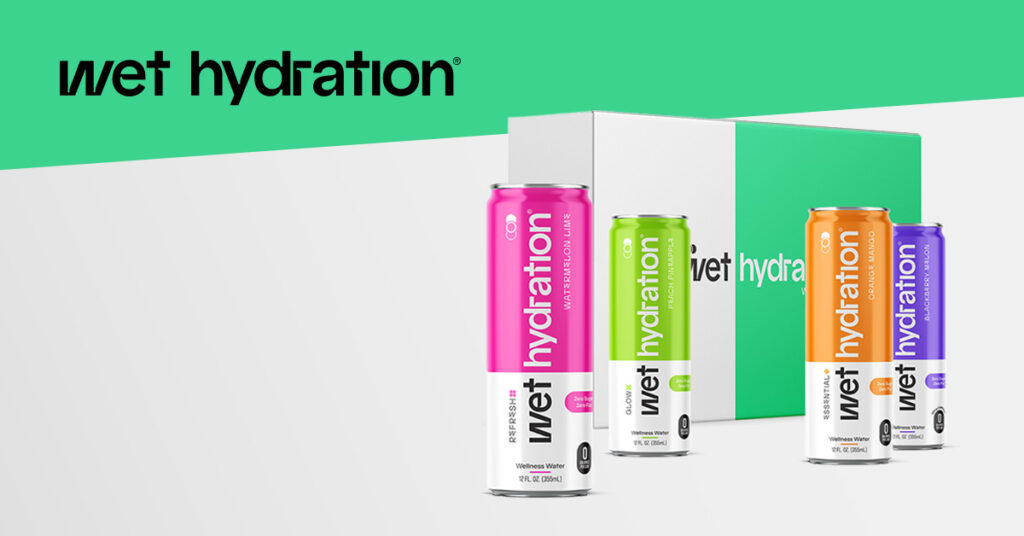
Wet Hydration Closes $4.5M Round, Former Celsius EVP Joins
Wet Hydration has raised $4.5 million in a funding round led by AgFunder. The company is building out convenience and specialty retail distribution and has brought on former Celsius EVP Vanessa Walker as Chief Growth Officer. Wet’s core offering is a better-for-you hydration product targeting performance and everyday consumers alike.
Wet is betting on the continued strength of the functional hydration category, even as shelves grow crowded. Bringing on Walker—who helped architect Celsius’ rise—signals that the brand is leaning heavily on proven GTM tactics. What’s notable here isn’t just the funding, but the caliber of executive talent joining an early-stage brand. It underscores a growing trend of veteran operators leaving major incumbents to help scale emerging CPG brands. That talent migration reflects a shift in how upstarts are approaching growth—less scrappy trial-and-error, more playbook and precision.
It also raises the bar for what’s expected of newer entrants. It’s not enough to have great taste or solid ingredients. You need a brand platform, operational chops, and a roadmap that attracts serious hires. Wet’s ability to land institutional capital and C-suite firepower points to increasing investor confidence in category-specific execution. And it hints at the next wave of functional beverages leaning harder into performance credibility, not just lifestyle branding.
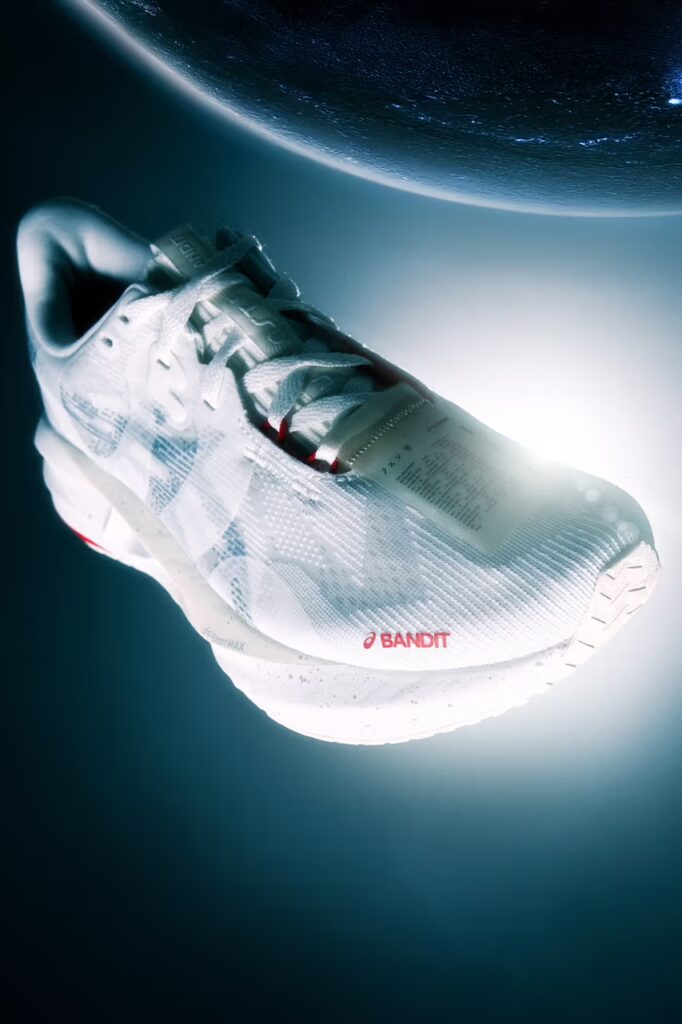
Bandit Running and ASICS Team Up on Novablast 5 Launch
Bandit Running and ASICS have dropped a co-branded Novablast 5, fusing fashion and performance through a limited-edition sneaker collaboration. The shoe features Bandit’s signature minimal aesthetic layered onto ASICS’ technical foundation. The collab was teased via digital community channels and dropped to both audiences simultaneously.
This collaboration reflects a broader strategy in CPG-adjacent categories: community-driven crossovers that deepen engagement without diluting brand DNA. For Bandit, this is a brand stretch—an opportunity to step into footwear without building product infrastructure. ASICS, however, it’s a relevance play, appealing to a younger, digitally native consumer who shops at the intersection of performance and culture.
For CPG brands, particularly in beverage and wellness, there’s something instructive here. You don’t need to stay in your lane if the partnership is built on shared values and complementary assets. Think of this as a blueprint for collabs that feel organic—not forced. The takeaway? Consumers no longer separate utility from identity. The product has to perform, but it also needs to say something.
More CPG brands are exploring drops, collabs, and limited runs—not just for hype, but to test new verticals and deepen storytelling. As this approach becomes more common, expect brand builders to take inspiration from streetwear and lifestyle brands when shaping launch cadence, community engagement, and visual identity.
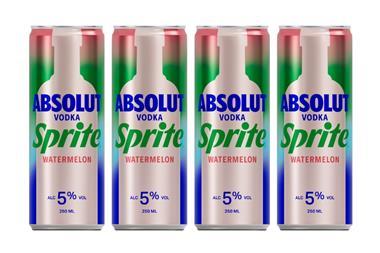
Absolut Vodka and Sprite Add New Watermelon Flavour
Absolut and Sprite have added a watermelon SKU to their co-branded ready-to-drink (RTD) cocktail line. The new flavor is rolling out in select European markets this spring, timed to align with summer consumer demand. The RTD features Absolut vodka and Sprite’s lemon-lime soda base, building on the success of previous core flavors.
This release continues a trend of large players using seasonality to drive flavor innovation and increase relevancy in a crowded RTD space. What makes this particular launch noteworthy isn’t the flavor itself—it’s the mechanics behind the partnership. Both brands bring enormous retail and brand equity to the table, but they’re choosing to act nimbly by focusing on flavor refreshes, rather than new formats or SKUs.
The RTD cocktail category has become a reliable engine of growth, and watermelon—already a flavor staple across sparkling waters and hard seltzers—offers a low-risk way to capture attention and incremental purchases. It also reflects the larger movement toward indulgence-meets-refreshment in alcohol.
For smaller brands watching this space, it’s a sign to focus on timing and merchandising, not just formulation. The most successful flavor launches are the ones that ride consumer mood and seasonality. As the big players train consumers to expect quarterly updates, innovation cycles in RTDs may start to look more like snack brands—fast, iterative, and market-tuned.
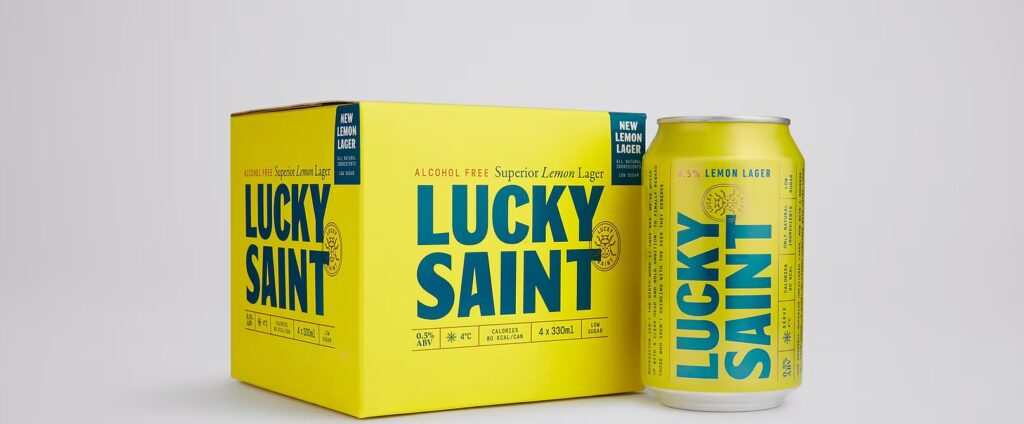
Lucky Saint Launches New Alcohol-Free Lemon Lager
Lucky Saint has launched its first flavored non-alcoholic beer: a lemon lager. Known for its classic lager profile, the UK-based brand is looking to expand its audience by offering a more flavor-forward option for consumers seeking variety within the zero-proof space.
Non-alc beer has typically focused on replicating traditional beer experiences. What Lucky Saint is doing here flips the playbook—it’s leaning into flavor discovery. Lemon may not sound groundbreaking, but in the context of beer, it introduces a citrus profile that aligns more closely with sparkling water or RTD than with classic hops.
This is part of a larger shift happening in alcohol alternatives: brands are no longer targeting beer drinkers—they’re targeting flavor-seeking consumers who may not drink beer at all. As a result, we’re likely to see non-alc beverages borrow flavor cues and positioning strategies from adjacent categories. That includes bright, refreshing, low-bitter profiles and packaging that emphasizes mood or use-case over style or tradition.
Lucky Saint’s move also shows how even within a niche like non-alc beer, there’s pressure to diversify. With more brands entering the category, flavor innovation is becoming table stakes. Brands that want to lead will need to develop not just good NA beer—but good beverages, period.
Final Thoughts
This week’s moves across CPG point to a recurring theme: product alone isn’t enough. Success now hinges on how well a brand aligns its operations, timing, and partnerships with consumer behavior. Whether it’s executive talent moving from Celsius to Wet, or legacy giants like Absolut opting for fast-turn flavor drops, it’s clear that playbooks are shifting.
In 2025, CPG innovation means acting faster, thinking broader, and building for attention as much as utility. The lines between product, lifestyle, and culture are thinning—and the brands that treat those connections as strategic levers will be the ones that grow.
